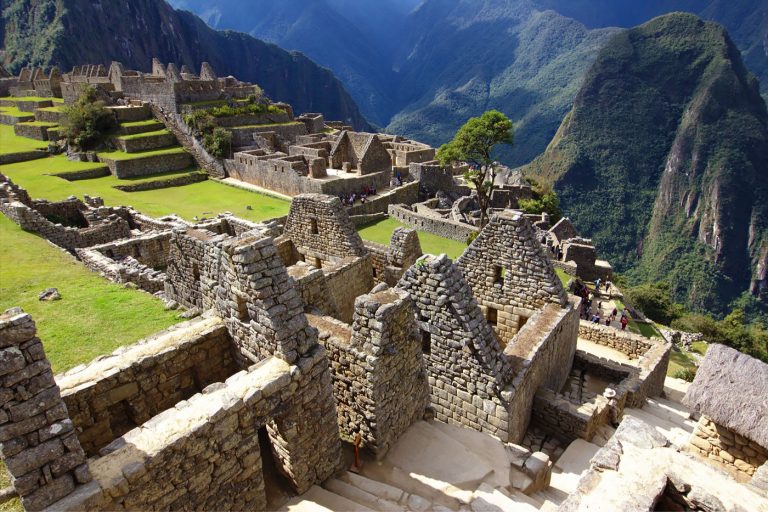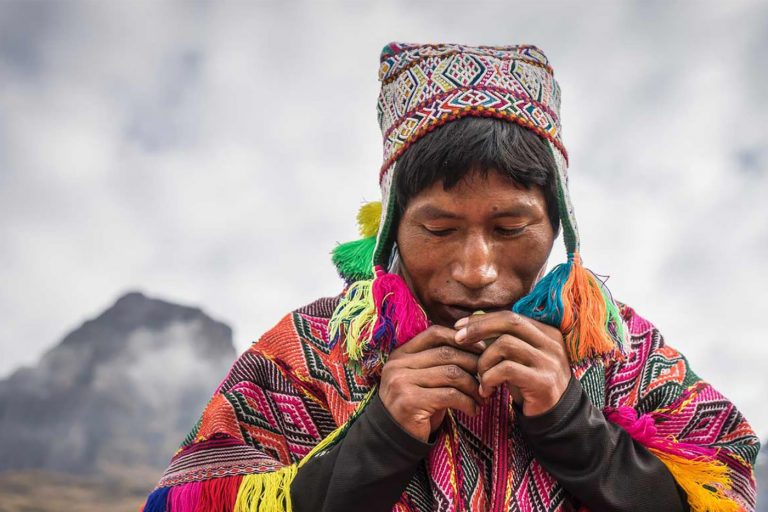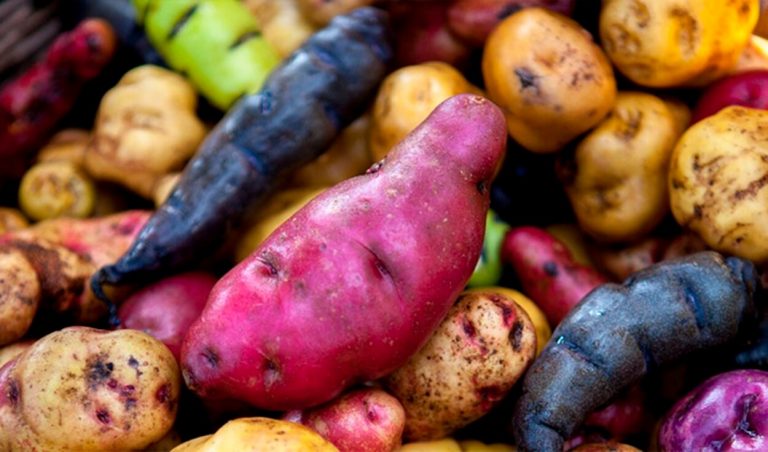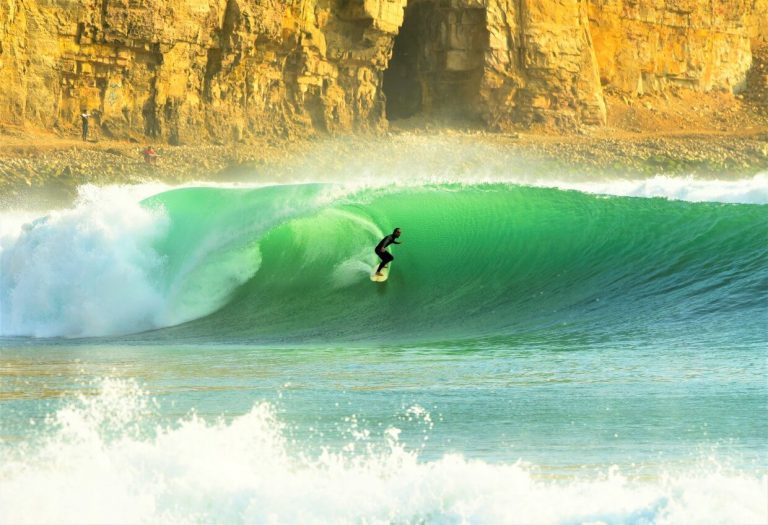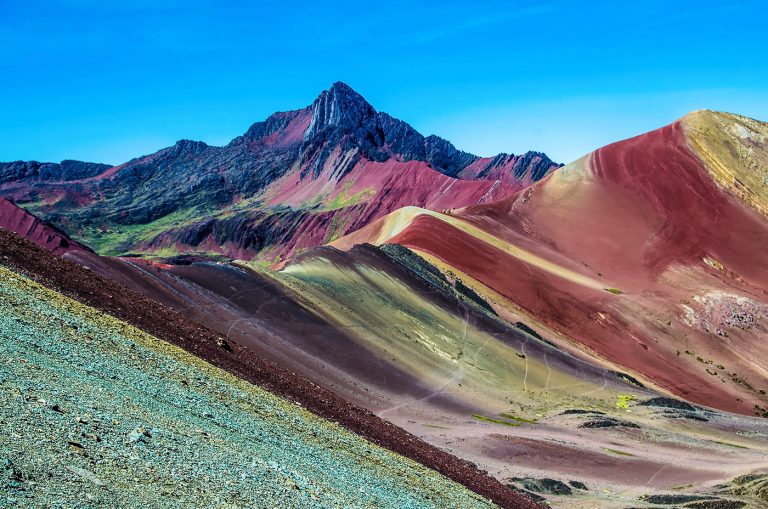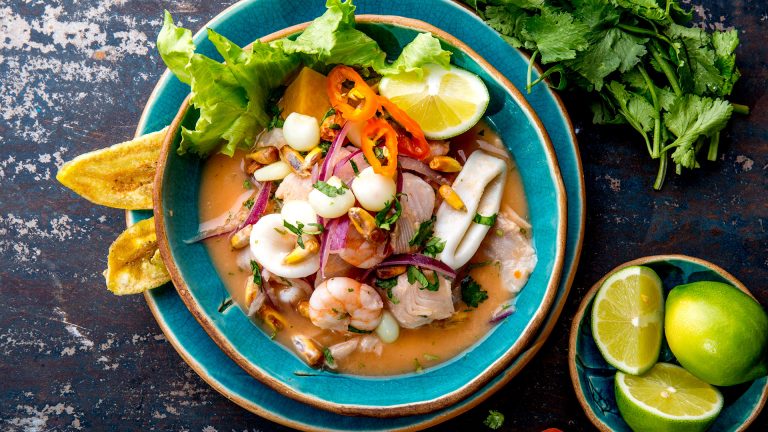30 amazing facts about Peru
Peru is one of the most mysterious places on Earth. People have lived here since ancient times, surrounded by unique landscapes and real wonders of nature. Pacific Ocean, mountains, selva, rivers and lakes, rare flora and fauna, blend of native cultures with European heritage, incredible myths and beliefs, extraordinary traditions and rituals – this vibrant cocktail makes Peru a magnet for tourists.
Especially for you we have collected the top 30 of the most interesting facts about this magical country:
- Peru is one of the largest countries in South America, with an area of almost 1,300,000 square kilometers. Of the neighboring countries, only Brazil and Argentina are larger than Peru.
- Scientists believe that the first people settled in Peru 15 thousand years ago were hunters who lived in caves.
- The Incas established their empire in Peru in the early 12th century. For three centuries, until the beginning of the Spanish conquests, it was one of the largest states on the planet.
- Peru hosts one of the new wonders of the world, Machu Picchu, the mountain city of the Inca. It is located on one of the ranges of the Andes. About 200 stone structures rise above the terraces. In 1532 all residents left the city. Archaeologists still do not know how and why it happened.
- There are people in Peru who live on floating islands of grass. The Uro tribe on Lake Titicaca makes manmade islands of reeds and builds huts of straw on them.
- Peruvians also love tree houses: in the jungle, Native people have built such huts in crowns since time immemorial to escape floods, attacks of predators or warriors of neighboring tribes. Today the country has whole tourist villages of houses built above the ground.
- Peru has three official languages: Spanish, the language of the conquerors, and Quechua and Aymara, the dialects of the Indigenous tribes.
- The vast majority of Peruvians are Catholics, but Peru ranks second in the world in number of shamans per capita. Shamans use in their prayers and practices the energy of Pachamama, Mother Earth. This goddess was honored here even before the Incas.
- One of the highest sand dunes in the world is in Peru. Serro Blanco, also called Dune Grande is a sandy mountain with a height of 1176 m, the entire Nazca Valley (and even the Pacific coast on a clear day) is visible from its crest.
- The famous geoglyphs were discovered in the Nazca Valley: these are thirty huge drawings depicting animals and plants. They can only be seen from a bird’s-eye view.
- There are more than 3,000 varieties of potatoes in Peru!!! Locals believe that it was their country that potatoes spread around the world from. Yellow, red, white and purple tubers of various shapes can be seen at the markets’ stalls. The most bizarre specimens are sent to the Potato museum (or rather, the giant park, where potatoes of all kinds grow and a seed bank is located).
- The largest flying bird on Earth, Andean condor, lives in Peru. Its wingspan is more than three meters.
- Lake Titicaca, one of the natural wonders of the planet, is located in Peru (and also partly in Bolivia). It is the highest navigable lake in the world and the largest freshwater reserve in South America. The Aymara and Quechua tribes live around the lake and on the islands.
- Peruvian surfing tradition might be as old as 2000 years: along the coast, archaeologists find cave paintings that indirectly confirm this. Modern surfing in Peru is also thriving: it is believed that the cities of Chicama and Mancora have the world’s longest left-side waves!
- People in Peru still extract salt in the oldest way, which uses Inca pools on mountain terraces; the water evaporates from the brine under the sun.
- The Peruvian Incas have left behind them many mysteries. One of them is the Quipus (knot letter). In ancient times, it was used to transmit messages and write numbers.
- Vinikuna are the striking seven-colored mountains of Peru. Red sandstone in them acquired bright colors of various mineral oxides under the influence of the sun, wind and groundwater.
- The Amazon, the longest river in the world, originates in Peru, where the Maragnon and Ucayali rivers merge. It flows through the highlands and lowlands with a unique ecosystem.
- In the Peruvian Andes grows Puya raymondii, the plant with the largest inflorescences in the world. They reach 10 meters in height!
- Kolka and Kotauasi Canyons, which are considered to be the deepest on the planet, are located in Peru. In the Kolka gorge the deepest point marks 4160 m, the depth of the Kotauasi Canyon is 3354 m.
- One of the symbols of the Peruvian Amazon is the pink dolphin. These unique mammals live alone or in pairs, feed on fish and are highly respected by local tribes. Catching them is against the tradition, therefore, their population is quite numerous.
- In Peru grows an amazing fruit, a berry called kamu-kamu. Kamu-kamu berries have become a popular superfood due to the high vitamin C content: a kilogram of berries has 50 times more of it than a kilogram of oranges.
- The most famous dish of Peruvian cuisine is ceviche: fish marinated in citrus juice with spices. It is cooked worldwide in hundreds of variations. At home it has a dedicated holiday (June 28) and a monument in the capital, Lima.
- Yellow is considered the color of good luck in Peru. On New Year’s Eve it is customary to dress in yellow and give your loved ones yellow underwear along with the wishes of well-being!
- San Marcos University of Lima is the oldest one in the Americas, it was founded in 1551.
- Puente de Piedra, also located in Lima, is the extraordinary «egg bridge». The stone construction of 1610 is still in excellent condition – they say that the extra sturdy cement was mixed with the whites of 10,000 eggs. It is believed that the eggs of seabirds were used.
- The charango musical instrument looks like a normal guitar, but the back deck is made of armadillo shell! It also has ten double strings. Charango is often played by street musicians in Lima.
- In Peru, there is a festival of Brilliant Snow, in Quechua it is called Q’oyur Riti. It coincides with the Catholic Pentecost and is associated with the worship of mountains in the Inca culture. On this day, Native people climb Mount Ausangate, take pieces of ice from its top and bring them to the temple at the mountain foot, so that the year is fertile and people are healthy.
- Perhaps you did not know that, but there are penguins in Peru! You can see them on the coast, and can surely meet in the marine reserve in Paracas.
- Peruvian fishermen were the first to notice the warming of the Pacific Ocean: this phenomenon was called «El Niño», which means «little boy» in Spanish. El Niño does not come every year, but when it does, it’s always around Christmas. It harms the catches: there is less plankton, and fish starve. Seabirds leave their feeding ranges, ecosystems change, and with El Niño come heavy rains and wet winds that cause flooding and desolation. The global influence and origin of El Niño is not yet fully understood by climatologists.




